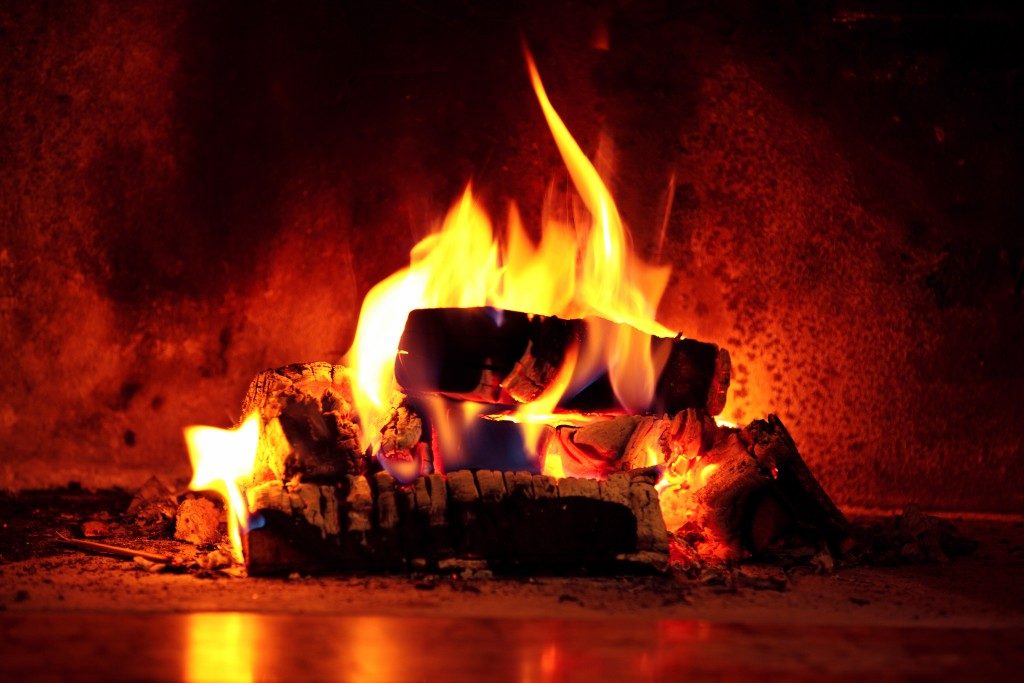In cold climates, heating your interiors makes up about a third of your property’s energy expenses. You have different options for your property’s heating. But one of the most aesthetically pleasing options you have is a fireplace. The cost of fuel used in a fireplace, however, puts it beyond the reach of many people. Thankfully, you now have a fuel-efficient and inexpensive option for heating your fireplace in a pellet stove.
There are two pellet stove types including free-standing ones and inserts, which can be placed by professionals from companies like Uintah Fireplace and Design. In a pellet stove, the fuel material is loaded into a hopper from where it is carried into the burn pot by an auger. An electric blower will add to the fire, which is kept burning low to maximize its efficiency while minimizing the waste produced.
Here are the fuel options for your pellet stove.
Wood Pellets
This is the most prevalent fuel option, and stove pellets are at times known as wood stove pellets. They are available in food, standard and premium grades. Food-grade pellets contain no binding agents or additives. Premium pellets have no more than 0.5% organic ash content while standard pellets have more than 0.5% ash content.
The pellets closely resemble rabbit food and are cheaper compared to oil, gas or electricity for heating. Wood pellets are made from recycled sawdust, logging residue, paper packaging plants and furniture-making residue. These pellets are eco-friendly and produce minimal smoke on combustion. Wood pellets, like firewood, should be kept dry. Keeping them elevated from your floors is essential.
Corn Pellets
About 300 million tons of corn are produced annually in the U.S. Using corn pellets is, therefore, a cheaper and more eco-friendly option for your pellet stove compared to wood pellets. These pellets also burn more cleanly and are renewable and recyclable energy. Unfortunately, you will need to get a pellet stove that is designed explicitly for corn to hold the corn ash.
Grass Pellets

Though not very common yet, grass pellets are one of your fuel options. There are many grass varieties you can pick for your stove including reed canary, miscanthus, switch grass and some straw grass varieties. Grass pellets dry quickly and burn faster, producing more heat compared to other pellet types. They are also cheaper compared to other alternatives since grass is readily available.
Food Residue Pellets
These pellets can be made from all forms of vegetable, fruit and meat waste. Unfortunately, food residue pellets are expensive to produce since they need highly specialized equipment and processes. As such, they are costly and not very common.
The above fuel options are inarguably the most efficient options since they are primarily made from recyclable materials. They are your best choice to keep your fireplace running without eating into your finances. They are also the best choice for the eco-conscious property owner. For those concerned about a dirty fireplace and indoors laden with ash, the pellet stove is the ideal solution since it can be taken outside for cleaning.

